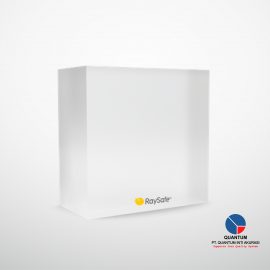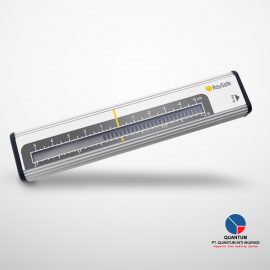Description
Powerful Patient-Specific QA
ArcCHECK is recommended by AAPM Task Group 218 for 3D measurement requirements. It measures and correlates gantry angle, leaf-end position, absolute dose and time to identify any potential source of error throughout the patient volume.
Clinically Relevant Dose & DVH QA
Identify TPS and beam delivery errors. With a single click, compare measured dose points to planned dose points. Review individual control points and user-defined full or sub-arc sections for an in-depth overview of pass, low, and high dose results.
MLC Pattern Machine QA
Further leverage your ArcCHECK for Machine QA tests by evaluating discrepancies between the planned and delivered MLC pattern and identifying leaves that may require service.
The Gold Standard
ArcCHECK provides true data on plan delivery and insights into potential errors. It owes its widespread adoption to:
- A helical detector grid with 1,386 SunPoint® Diode Detectors for increased Beam’s Eye View (BEV) data density
- Angular corrections accurate to ±0.5° using the Virtual Inclinometer™
- Consistent BEV for all gantry angles measuring entrance and exit dose at multiple depths, and indicating potential delivery and TPS modeling errors for high or low dose levels
- Real-time electrometer that measures every pulse, as well as composite and sub-arcs
Flexible Interior Dose Measurements for More Stringent QA
- Tissue equivalent inserts support heterogeneity tests:
- Inserts include: Brain, Breast, Bone, Liver, Lung, Muscle, Adipose, Titanium and Water/Air
- MultiPlug™ accepts ion chambers, stereotactic detectors and film for interior point measurement in any of 25 unique locations
- CavityPlug™ insert offers simplified isocenter dose measurement, without the film and tissue-equivalent insert features of MultiPlug
SunCHECK™ Integration
With direct connectivity from ArcCHECK to the SunCHECK Platform:
- Leverage array-based and advanced phantomless 3D pre-treatment QA with a single platform, for added clinical confidence
- Capture and store results, including absolute dose calibration, array calibration data, and measurements for composite results and per beam deliveries






